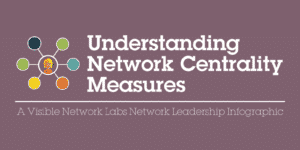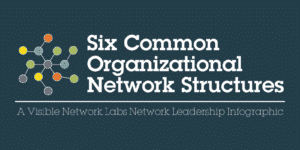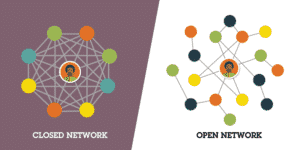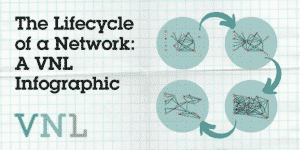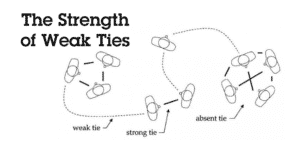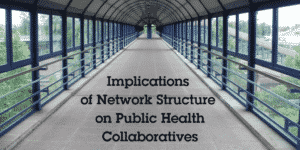
Building Ecosystems for Social Impact: 6 Lessons From the Tech Sector
The concept of ecosystem thinking and strategies continues to spread among social impact professionals. As such, it’s helpful to revisit the roots of this exciting new way of thinking. While there are differences between for-profit and non-profit approaches toward ecosystem-building strategies, there are also many


